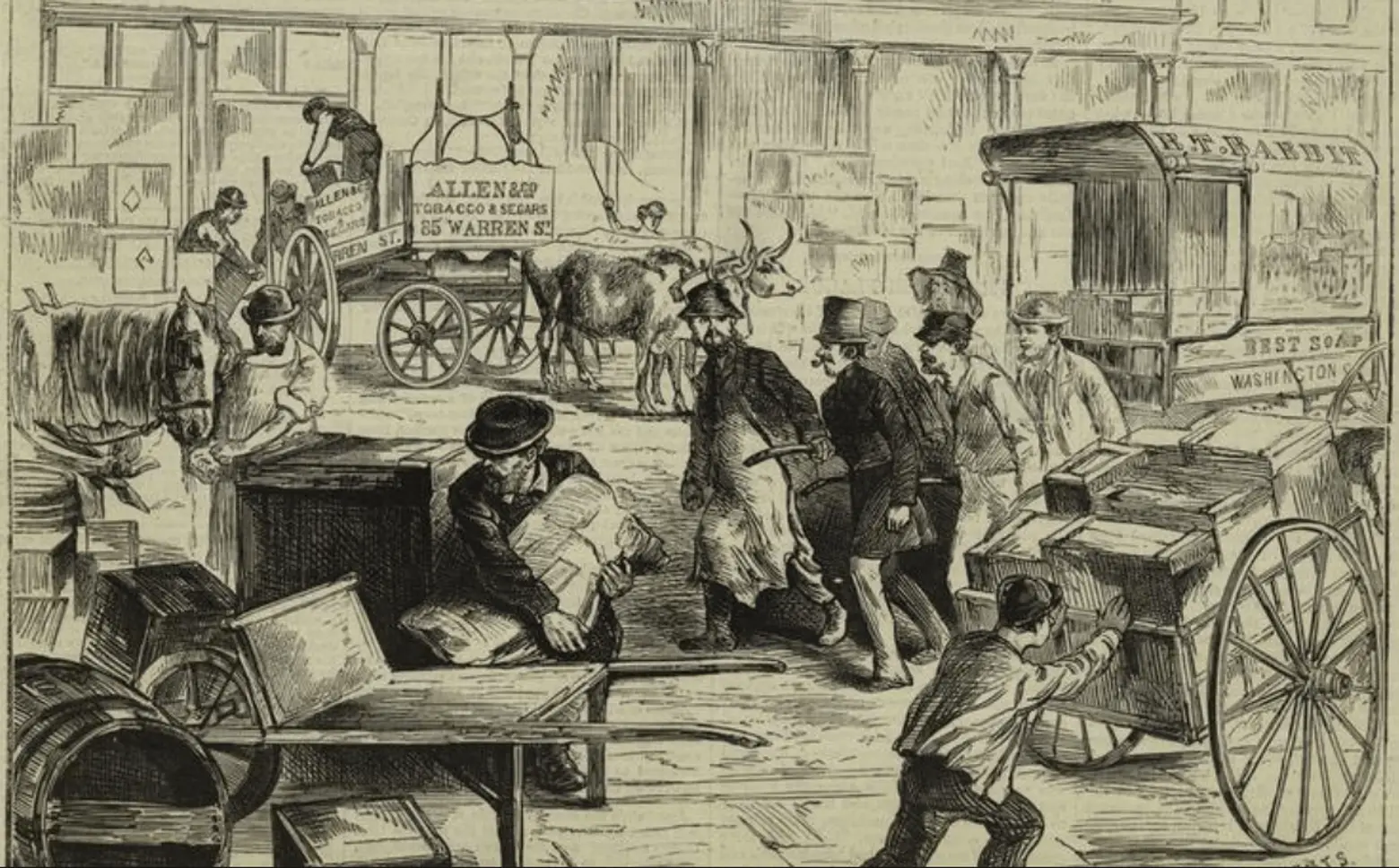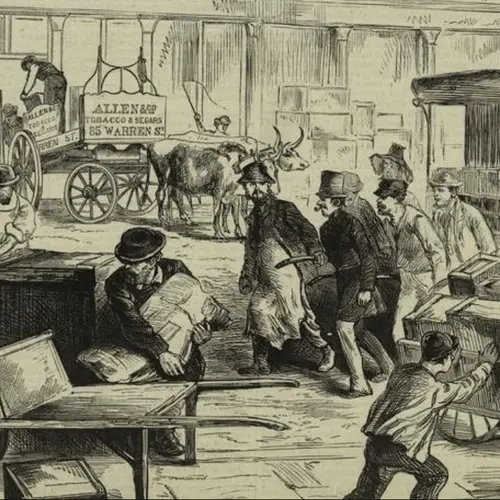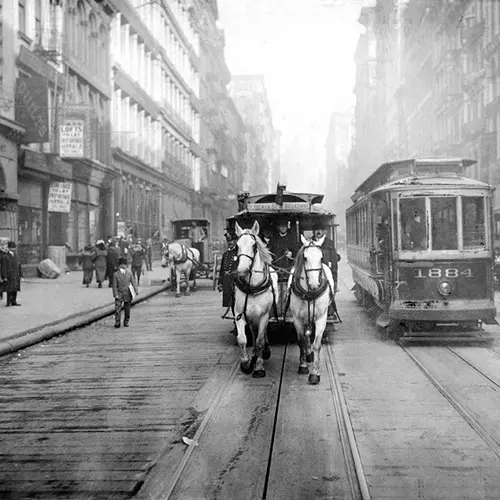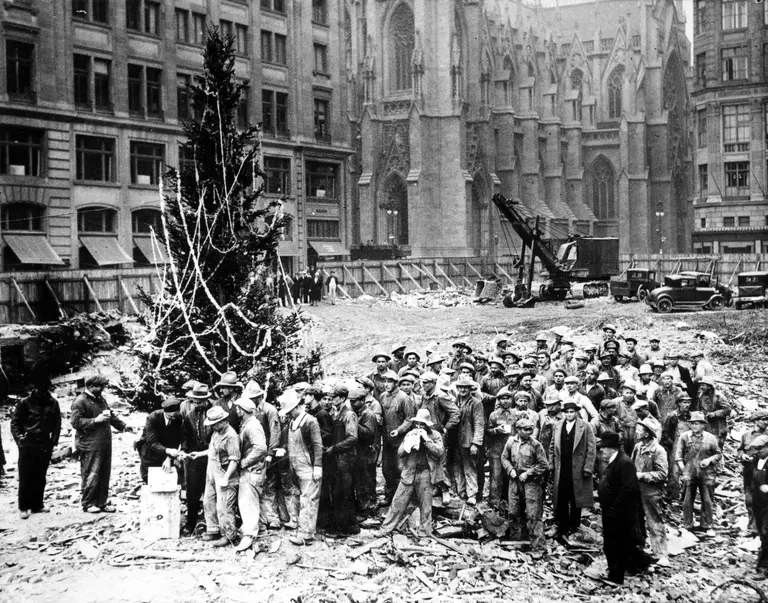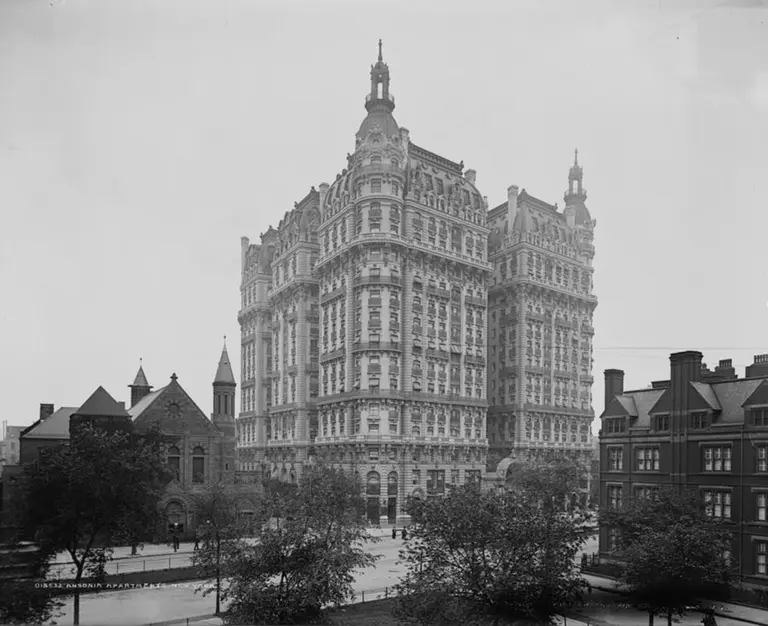The Horse Plague of 1872 brought New York City to a screeching halt

In the fall of 1872, an unfortunate horse plague swept across New York City after making its way through Toronto, New England and Michigan. The New York Times headline from October 25th read, “The Horse Plague, Fifteen thousand horses in the city unfit for use.” While the city was no stranger to disease inflicted horses, the magnitude of this particular outbreak was unprecedented.
“The Horse Plague,” however, was different from other outbreaks the city had seen in the past, as this particular strand of equine influenza sickened nearly all horses exposed but rarely lead to any deaths. The ill-stricken horse population caused many problems for New York City since it was at the time powered by horse-pulling stages and street cars. Horses were responsible for not only transporting people but also raw materials and merchandise—all of which needed to be shut down on account of the sick horses.
As a result of the horse illness, almost all the stage lines were suspended or saw significantly reduced schedules. Additionally, the express companies responsible for the city’s deliveries were either closed or scaled back.
With all of the horses on sick-leave, men were forced to fill in and replace their ill-fated four-legged colleagues. “People were forced to transform into beasts of burden, using pushcarts and wheelbarrows to transport the merchandise that was piling up at docks,” wrote Nancy Furstinger in Mercy.
In addition to manpower, oxen were also brought in to cover the slack, but at a lofty price. Handlers charged $10-$12 a day for their use. In these desperate times, some owners ran their horses despite their obvious need for rest and recovery; collapsion from exhaustion was not uncommon.
Opposition to the inhumane acts emerged and particularly angered a man named Henry Bergh. Bergh, who had recently formed the American Society for the Prevention of Cruelty to Animals, stood outside of Cooper Union and demanded that “the brutes to stop driving the gasping beasts.”
Similar to other historic outbreaks, the standard living conditions for horses at the time were partial to blame. “The car and stage horses of this city suffer invariably from all possible forms of equine disease . . . badly fed, worse housed, overworked, and never groomed, they are ready victims of disease,” commented the Times.
The outbreak lasted through December, and the horses thereafter returned to work.
[Via Ephemeral NY]
RELATED:
